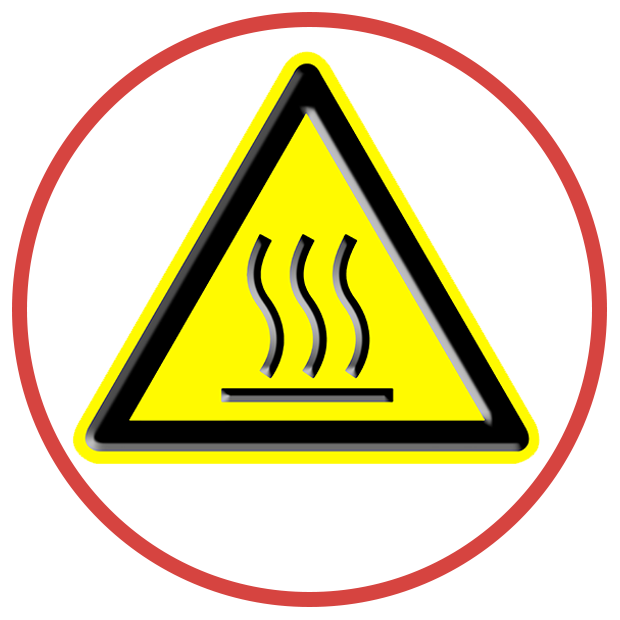 Add My Company
Add My Company

Surface temperature sensors play a crucial role in accurately measuring the temperature of an object's surface. These sensors can be broadly classified into two categories: contact and non-contact types. Each type has its unique mechanism for measuring temperature, catering to different applications across various industries.
Types of Surface Temperature Sensors
Contact Sensors
Contact temperature sensors require physical contact with the surface to gauge its temperature. The most common types include:
- Thermocouples: These consist of two different metals joined at one end, producing a voltage proportional to the temperature difference between the junction and the other ends.
- Resistance Temperature Detectors (RTDs): RTDs measure temperature by correlating the resistance of the RTD element with temperature. They are known for their accuracy and stability.
- Thermistors: These are temperature-sensitive resistors, which change resistance with temperature variations. They are highly sensitive and provide precise measurements within a limited temperature range.
Non-Contact Sensors
Non-contact temperature sensors, on the other hand, measure temperature by detecting infrared radiation emitted from the surface. These include:
- Infrared Thermometers: These devices measure the infrared radiation from a surface to determine its temperature. They are commonly used for quick and convenient temperature readings without any physical contact.
- Thermal Cameras: These cameras capture a thermal image, representing the temperature distribution across a surface. They are useful for detailed thermal analysis and identifying hot spots.
Applications of Surface Temperature Sensors
Surface temperature sensors are indispensable in a multitude of fields due to their ability to provide precise and reliable temperature readings. Some notable applications include:
Manufacturing
In manufacturing, surface temperature sensors are vital for controlling processes and ensuring product quality. Accurate temperature measurements help in monitoring and maintaining the optimal conditions required for various manufacturing processes, thereby improving efficiency and reducing waste.
Medicine
In the medical field, these sensors are used for patient monitoring. Contact sensors like thermistors and RTDs are often employed in devices that measure body temperature, while non-contact infrared thermometers are widely used for quick screenings, especially useful in scenarios like the recent global pandemic.
Environmental Science
Surface temperature sensors also play a significant role in environmental science. They are used to study weather patterns, monitor climate changes, and conduct environmental assessments. Accurate temperature data helps scientists understand and predict environmental conditions and their impact on the ecosystem.
Conclusion
Surface temperature sensors, whether contact or non-contact, are essential tools across various sectors. Their capability to provide accurate and reliable temperature readings ensures their importance in applications ranging from industrial processes to medical diagnostics and environmental research. As technology advances, these sensors continue to evolve, offering even greater precision and efficiency in temperature measurement.
For more information on Understanding Surface Temperature Sensors and Their Applications talk to Labfacility Ltd

